The ePlane Company, a leading developer of Electric Vertical Takeoff and Landing (eVTOL) aircraft, announced that it has received Design Organisation Approval (DOA) from the Directorate General of Civil Aviation (DGCA) on Monday, May 22, 2023. The DOA is a crucial first step in the aircraft certification process, and it paves the way for ePlane to begin commercial production of its e200 eVTOL two-seater aircraft designed to operate in urban spaces. This approval marks a significant milestone for the company's aim to achieve commercialization by 2025.
The distinguished guests present at the ceremony included Vikram Dev Dutt, Director General of the Directorate of Civil Aviation (DGCA); Prof V Kamakoti, Director of IIT Madras; Indranil Chakraborthy, Deputy Director General of DGCA; Ms Meenu Kapil, Director, Aircraft Engineering; and Jai Simha, Director, DGCA Chennai. The ePlane Company hosted the dignitaries from the Directorate General of Civil Aviation (DGCA) and IIT Madras at a special ceremony to announce the awarding of the certificate.
On the occasion, the DGCA dignitaries and Prof V Kamakoti, the Director of IIT Madras, presented the Design Organisation Approval to Prof Satya and the ePlane team. The DGCA team also visited the National Centre for Combustion Research and Development (NCCRD) at the IIT Madras Campus to gain insights into ePlane's ongoing work and progress. Subsequently, they toured the ePlane manufacturing facility followed by the Director General’s address and a small celebration to mark the occasion at the IITM Discovery Campus in Thaiyur, near Chennai.
“We are delighted to receive the DOA certificate from the DGCA,” Prof. Satyanarayanan Chakravarthy, Founder and CEO, The ePlane Company, said. “This is a major milestone for our company. It is a crucial first step in the aircraft certification process and paves another stone on the path towards the commercialisation of our e200 eVTOL aircraft. It gives us immense pleasure to announce that ePlane is the first startup in India to be approved as a Design Organisation and one of the very few private entities for complete aircraft design. The certification brings us a step closer towards our mission to ensure safe passenger flights in India and the world. We are grateful for the support of DGCA and IIT Madras in helping us to achieve this milestone.”
Vikram Dev Dutt, Director General, DGCA, conveyed his enthusiasm about visiting The ePlane Company’s facility and personally presenting the Design Organisation Approval. He said, "We are thrilled to witness the rapid growth and vast potential of the UAV and eVTOL ecosystem in India. ePlane has demonstrated a remarkable commitment to meeting stringent aircraft certification norms, reflecting their exceptional calibre and innovative approach. I extend my heartfelt congratulations to the entire ePlane team on achieving this significant milestone, and I am confident in the future success of ePlane and its remarkable e200 aircraft."
Prof Kamakoti, Director, of IIT Madras said, “I am delighted to be a part of this historic moment and I commend the nurturing ecosystem at IIT Madras, which supports both educational initiatives and startup incubation.”
About ePlane & e200
The ePlane Company received Design Organisation Approval for its ePlane e200 aircraft from the DGCA, which is a crucial, initial step in the aircraft certification process. After this, the start-up will be working towards obtaining type certification for the aircraft.
The ePlane e200 is a two-seater aircraft specifically designed for urban spaces. It boasts a travel range of 200 km and can make multiple stops on a single charge, resulting in significant time savings for consumers, as stated in a release by the start-up. An eVTOL aircraft utilises electric power for vertical take-off, hovering, and landing. In May, the company conducted a successful test of its prototype aircraft, the ePlane e50.
Incubated at IIT Madras and founded in 2019 by Satyanaryanan Chakravarthy, who is also a professor at the institute, the start-up is currently seeking Series A funding. In 2022, it secured $5 million in seed funding.
The DOA serves as a crucial initial step for the ePlane Company, signifying its capabilities to meet the stringent standards set by the Indian Ministry of Civil Aviation, allowing the company's flying electric taxis to take to the skies. With the DOA Certificate in hand, ePlane is poised to continue its ground-breaking work in developing safe, efficient, and environmentally friendly aircraft for the future.
Read next
The aviation sector has come under heightened scrutiny for its impact on the environment and greenhouse gas emissions. The objective to achieve net-zero emissions by 2050 has gained encouragement as part of these efforts. While this aim is considered vital for halting climate change, there are barriers that must be addressed before it can be accomplished.
Present Situation
The aviation sector has set an ambitious goal of reaching net-zero emissions by 2050, aligning itself with global climate change initiatives. However, Qatar Airways' Chief Executive Akbar Al Baker voiced doubts about the target's practicality. He identified insufficient Sustainable Aviation Fuel (SAF) sources and the early stage of research for alternative hydrogen designs as significant challenges.
The Importance of Sustainable Aviation Fuel (SAF)
SAF, or Sustainable Aviation Fuel, is a critical component in minimizing aircraft emissions. It is produced using renewable resources like agricultural waste, algae, and even carbon capture technologies. SAF could potentially be used as a direct substitute for conventional jet fuel with no modifications to current aircraft or infrastructure. When compared to typical fossil-based jet fuels, it offers significant carbon emission reductions. However, SAF is currently limited in availability. The production capacity is insufficient to fulfil the aviation industry's expanding demand. This constraint makes attaining net-zero emissions during the specified timeframe difficult.
The Difficulties of Scaling Up Sustainable Aviation Fuel
Scaling up SAF manufacturing is not an easy undertaking. There are various issues that must be addressed. To begin with, the cost of generating SAF is rather expensive when compared to traditional jet fuel. Because the manufacturing volume of SAF is substantially lower, the cost difference is due to economies of scale. Furthermore, the availability of sustainable feedstocks, as well as the necessity for further expenditures in production facilities, offer significant impediments to scaling up SAF production.
Alternative Hydrogen Concepts
As an alternative to SAF, hydrogen has emerged as a promising decarbonization solution for aviation. Hydrogen-powered aircraft emit solely water vapour as emissions, potentially resulting in zero net greenhouse gas emissions. Hydrogen-powered designs, on the other hand, are still in their infancy and confront a number of technological and practical obstacles.
Collaborations and investments
To address the problems of SAF and other hydrogen designs, significant investments and cooperation throughout the aviation sector are required. To speed the development and implementation of sustainable solutions, airlines, aircraft manufacturers, fuel producers, and governments must collaborate.
Government Policies and Regulations
Government rules and policies play an important role in propelling the aviation sector to net-zero emissions. They can create a regulatory environment that encourages the adoption of SAF and other technologies. Policy initiatives that can help with the transition to sustainable aviation include carbon pricing mechanisms, emissions trading programmes, and tax breaks.
Technological Innovations and research
Significant progress has been achieved in the development of technical advances for sustainable aviation. To enhance fuel economy and minimize pollution, researchers and engineers are investigating revolutionary aircraft designs such as blended-wing or hybrid-electric planes. Electric or hydrogen fuel cell propulsion methods are also being studied.
Efforts Across the Industry
The aviation sector, which includes airlines, manufacturers, and industry associations, understands the need to combat climate change. Initiatives are being made to exchange information, best practices, and lessons learned through collaborative endeavors. Industry organizations, such as the International Air Transport Association (IATA), support collective activities and encourage member airlines to pursue sustainability projects.
Economic and Environmental Benefits
Achieving net-zero emissions in aviation has various economic and environmental benefits. The industry may help mitigate global climate change by cutting carbon emissions. Additional benefits include improved air quality around airports and reduced noise pollution.
Conclusion
The aviation industry's commitment to attaining net-zero emissions by 2050 is an ambitious endeavor that will require collaborative efforts and innovative solutions. While there are hurdles, such as a limited supply of Sustainable Aviation Fuel and alternative hydrogen designs in their early stages, progress is being made via investments, collaborations, and technical improvements.
With Inputs from Reuters
Read next
Scoot, Singapore Airlines' low-cost subsidiary, recently made an intriguing statement about its fleet growth ambitions. Scoot has chosen the Embraer E190-E2 aircraft as the newest addition to its fleet in order to capitalize on additional growth potential in the region. This decision is part of Scoot's commitment to provide outstanding customer service while maintaining travel costs affordable for its customers.
Scoot Overview
Scoot has been in business for slightly over a decade, with the airline's fleet evolving dramatically since its inception. It began operations with a fleet of Boeing 777-200ERs leased from its parent business. It then began taking on 787 Dreamliners in 2015. In terms of narrowbody vessels, the operator is currently managing Airbus A320-200, A320neo, and A321neo aircraft. Between 2017 and 2019, there was also a quad of A319-100s in the mix. In a leasing agreement with Azorra, nine E190-E2s will join Scoot's fleet. The E190-E2, the quietest and most fuel-efficient aircraft under 150 seats, is set to be delivered in 2024. The aircraft will be sourced from Azorra's current Embraer backlog.
Scoot's Selection of the Embraer E190-E2
Scoot opted for the Embraer E190-E2 as it aims to provide its clientele with an enhanced flying experience. Scoot will soon welcome nine E190-E2 aircraft into its fleet thanks to a lease agreement with Azorra, a well-known aircraft lessor. The first of these cutting-edge aircraft, famed for their remarkable performance and efficiency, is slated for delivery in 2024.
In a business statement, Scoot CEO Leslie Thng stated the following regarding the move: "By expanding Scoot's fleet to include nine new E190-E2 aircraft, we will be able to maintain a modern and fuel-efficient fleet." It also demonstrates our dedication to providing even more travel options for our customers at the same fantastic value. The additional aircraft assure Scoot's readiness for growth by improving our connections in the area and supporting the expansion of our Singapore base."
"We welcome Scoot as the region's first major operator of the E2," stated Arjan Meijer, CEO of Embraer Commercial Aviation. The team at our APAC headquarters in Singapore is happy to assist the airline's efforts to improve connectivity and growth in the area, including the expansion of its Singapore hub. This is the value that the E2 delivers to airlines: it complements bigger narrowbodies in order to expand and sustain networks. Embraer's trademark two-by-two seat layout and sophisticated cabin will provide passengers with unrivalled comfort. Work on preparing the aircraft for service has already begun."
The Advantages of the Embraer E190-E2
Scoot's operations and passengers will benefit greatly from the arrival of the Embraer E190-E2. For starters, the sophisticated engines and aerodynamics of the aircraft increase fuel economy, lowering operational costs and environmental impact. Scoot's efficiency enables it to provide competitive rates while remaining profitable.
Scoot's Expansion Strategy
Scoot's choice to introduce the Embraer E190-E2 is consistent with its expansion plan, which aims to address the region's rising demand for inexpensive air travel. With the acquisition of these additional aircraft, Scoot will be able to further extend its route network, reaching more locations and giving its customers more connection choices.
Scoot's Competitive Advantage
Scoot has established itself as a prominent participant in the low-cost carrier industry by combining low prices with a dedication to customer quality. Scoot's choice of the Embraer E190-E2 demonstrates its commitment to providing a smooth and comfortable travel experience for its passengers.
Scoot and Azorra's Collaboration
Scoot and Azorra's lease agreement is a smart relationship that benefits both parties. Scoot can increase its fleet and grow its operations more effectively because of Azorra's expertise in aircraft leasing. Scoot will benefit from Azorra's resources and experience as a result of this relationship, which will promote mutual growth and success.
Passengers' Experience
The addition of the Embraer E190-E2 to Scoot's fleet has a direct influence on the travel experience of customers. The innovative features and design modifications of the aircraft provide passengers with improved comfort and convenience during their flight. Passengers may relax and enjoy their journey to the fullest with large accommodations and sophisticated facilities. The quiet engines of the E190-E2 lower noise levels in the cabin, offering a tranquil environment for passengers. Furthermore, the aircraft's greater fuel economy corresponds with consumers' rising preference for environmentally friendly travel alternatives.
Conclusion
Scoot's acquisition of the Embraer E190-E2 is a significant step forward in the airline's expansion and commitment to providing excellent travel experiences. The addition of these cutting-edge aircraft to Scoot's fleet assures increased operating efficiency, a higher passenger experience, and decreased environmental impact.
With Inputs from Embraer
Read next
Budget carrier SpiceJet on May 23 announced that it has increased the salaries of its pilots as part of the airline's ongoing 18th-anniversary celebrations. The airline operated its first commercial flight from Delhi to Ahmedabad on May 23, 2005.
According to a statement, the salary of Captains has been increased to INR 7.5 lakh per month for 75 hours of flying. The hike is applicable from May 16, 2023. The airline had earlier revised salaries for its pilots from November 2022, wherein the salary of Captains had been raised to INR 7 lakh a month for 80 hours of flying. Further, Trainers (DE, TRI) and First Officers’ salaries have also been increased commensurately.
Additionally, SpiceJet added that the airline has announced a tenure-linked monthly loyalty reward for its Captains of up to INR 1 lakh per month, which would be over and above their monthly remuneration.
The airline, which completed 18 years of operations today, is facing financial headwinds and has undertaken a ''restructuring exercise'' to further reduce the liabilities. On May 11, SpiceJet said it has no plans to file for insolvency proceedings and has also started the process of reviving its grounded fleet with USD 50 million.
The statement had come in the backdrop of a lessor filing an insolvency resolution plea against the airline and crisis-hit rival Go First being admitted for voluntary insolvency resolution proceedings by the National Company Law Tribunal (NCLT).
In a message to the staff, SpiceJet Chairman and Managing Director Ajay Singh said that as part of the airline's overall growth strategy, ''a restructuring exercise is underway to further reduce the liability of the company as it will allow us to pursue our growth targets with focused efficiency''.
The carrier will also soon launch new flights on new and exciting routes, Singh told employees in a letter. He also urged the employees to remain committed to maintaining the highest standards of services as it looks forward to more exciting years ahead.
New International Routes Introduced
By the end of June, the carrier intends to launch two international UDAN (Ude Desh ka Aam Naagrik) flights along the routes Imphal-Mandalay-Imphal and Agartala-Chattogram-Agartala. The airline plans to relaunch its UDAN flights from Jammu to Gwalior and from Kolkata to Gwalior to Jammu as well as create a new UDAN flight from Kolkata to Tezpur and Kolkata. In addition to starting flights on the Kolkata-Chattogram-Kolkata sector, the low-cost airline would also resume operations on the Kolkata-Agartala-Kolkata and Kolkata-Imphal-Kolkata sectors.
In the letter, Singh termed the recent hive-off of SpiceXpress into a separate entity as a defining milestone in its journey. "There is large investor interest in our logistics business. Leading UK-based international conglomerate SRAM and MRAM Group have already committed a USD 100 million investment in SpiceXpress. Both SpiceJet and SpiceXpress have great potential and will complement each other well," he told employees.
DGCA Deregisters 3 aircraft
The Directorate General of Civil Aviation (DGCA) has deregistered three planes of low-cost SpiceJet at the request of lessors, the latest in a string of troubles for the cash-strapped airline. Of the three, two were non-operational and its operations had not been affected, SpiceJet said on May 19.
Earlier this month, Lessors Wilmington Trust SP Services, Sabarmati Aviation Leasing and Falgu Aviation Leasing approached the civil aviation regulator, requesting the deregistration of three Boeing 737-800s over non-payment of dues. The DGCA deregistered the planes with call signs VT-MXJ, MXF and SZJ.
The move comes a few days after the no-frills airline had said it was taking steps to bring a part of its grounded fleet back in the air after rival Go First opted for voluntary insolvency. The airline also said it had no plans to file for insolvency even as several of SpiceJet’s aircraft remain grounded due to various reasons.
"Out of the five planes listed for deregistration, one lessor has already requested DGCA to suspend the deregistration of two aircraft. Out of the remaining three, two were grounded for a long period and not operational. Hence, there is no impact on our operations. We remain focussed on bringing on our grounded fleet back into operations," a SpiceJet spokesperson said.
SpiceJet also hopes to bring back four of its 25 grounded aircraft by June 15. Two Boeing 737s and two Bombardier Q400s planes are being revived. The airline also intends to restart operations with more aircraft. The budget carrier's plan to revive the 25 grounded aircraft will help it capitalise and make the most of the upcoming peak travel season.
SpiceJet operates about 250 daily flights to 48 destinations within India and to international destinations. Its fleet is a mix of aircraft including Boeing 737 Max, Boeing 700 and Q400s.
Meanwhile, shares of SpiceJet tumbled nearly 14% on May 23, falling to its 52-week low level in intra-day trade, as investors continued to desert the counter. The stock tanked 13.93% to close at INR 24.16 apiece on the BSE. During the day, it plummeted 19.30% to its 52-week low of INR 22.65.
Read next
Cathay Pacific Airways Ltd., an established Hong Kong airline, was embroiled in an impasse after a passenger accused its flight attendants of discriminating against non-English speakers. The incident occurred on the CX987 aircraft from Chengdu to Hong Kong, and it prompted significant anxiety among passengers as well as condemnation from China's state media. Cathay Pacific issued an apology along with attempts to address the accusations while emphasizing its commitment to inclusiveness and diversity.
Incident Particulars
The airline sector serves as a bridge connecting individuals from all cultures and backgrounds in today's interconnected world. Effective communication and cultural comprehension are critical to providing travelers with an outstanding travel experience. However, situations do occur that demonstrate the difficulties that airlines have in maintaining seamless communication and inclusiveness.
Cathay Pacific's Response
Cathay Pacific Airways promptly issued an apology in response to the passenger's accusations, recognizing the seriousness of the situation. The airline acknowledged the predicament and apologized for any inconvenience caused to the passengers. Cathay Pacific reiterated its commitment to providing all passengers with an inclusive and courteous travel experience.
Criticism from China
The incident on Cathay Pacific Flight CX987 was not overlooked by China's state media. The airline was chastised in the media for "worshipping foreigners" and favoring English-speaking passengers over others. This criticism reflected a nationalistic mindset shared by some who believed foreign airlines were given preferential treatment.
Importance of Communication and Inclusivity
The aviation industry relies substantially on clear communication and inclusiveness. Airlines are responsible for making sure their passengers are valued, respected, and understood throughout the duration of their trip. The Cathay Pacific incident serves as a reminder of the need for excellent communication between airline personnel and passengers, regardless of language ability.
Conclusion
The incident on Cathay Pacific Airways' CX987 flight brought to light the issue of non-English speakers being discriminated against. The airline's prompt response, which included an apology and a pledge to inclusiveness, illustrates its commitment to dealing with similar situations and fostering a courteous travel experience. However, this particular incident illustrates the difficulties that airlines encounter while developing good communication and cultural sensitivity.
With Inputs from Reuters
Read next
Lufthansa, the German flag carrier, and a Star Alliance member, is expanding its aircraft order book by acquiring four additional twin-engine Airbus A350-900 widebodies. This decision consolidates Lufthansa's position as the A350-900's third-largest customer, demonstrating the airline's commitment to fleet development and technological advancement.
Lufthansa's Aircraft Order
Lufthansa's decision to add four more Airbus A350-900s to its fleet reflects the airline's faith in the aircraft. The A350-900 has already proven to be an effective addition to Lufthansa's fleet, offering significant benefits in terms of fuel efficiency, passenger comfort, and range. Lufthansa intends to strengthen its competitive position and provide a better travel experience to its customers by expanding its A350-900 fleet.
Current Scenario
The Lufthansa Group acquires an additional four ultramodern Airbus A350-900 long-haul aircraft. The aircraft will be acquired from Deucalion Aviation Limited and delivered to the Group within the year. Lufthansa currently operates 21 Airbus A350-900s, alongside five additional A350-900s and ten A350-1000s slated as recently as March 2023. Lufthansa has 38 definite orders for this extremely efficient Airbus long-haul aircraft, making it the third-largest Airbus A350 customer in the world.
The Benefits of the Airbus A350-900
The Airbus A350-900 has various features that make it an appealing option for airlines such as Lufthansa. First and foremost, the A350-900's fuel economy decreases operating expenses substantially, making it an ecologically beneficial alternative. Furthermore, its sophisticated aerodynamics and unique design contribute to a quieter and smoother flight, ensuring passengers have a comfortable experience. The aircraft's capacious interior, contemporary amenities, and sophisticated in-flight entertainment systems elevate the passenger experience even more. Furthermore, Lufthansa's long-haul capabilities and exceptional range enable it to connect with additional locations while expanding its global network.
Implications for Lufthansa's Operations
Lufthansa's A350-900 fleet expansion has substantial ramifications for the airline's operations. With more of these cutting-edge aircraft at its disposal, Lufthansa will be able to boost capacity on popular routes and perhaps add new destinations to its network. The improved passenger experience provided by the A350-900 will boost customer satisfaction, enhancing Lufthansa's position as a premium airline. Furthermore, the efficiency advantages from the A350-900's fuel economy will benefit Lufthansa's profitability and competitiveness.
Position of Lufthansa in the Market
Lufthansa consolidates its position as the third-largest client of the Airbus A350-900 with this further aircraft purchase. This demonstrates the airline's dedication to modernizing its fleet and adapting to shifting marketplace conditions. The A350-900's outstanding performance and Lufthansa's support of this variant further cement Airbus's reputation as a leading manufacturer in the aviation industry.
Conclusion
The recent acquisition of an additional four Airbus A350-900 widebodies by Lufthansa demonstrates the airline's commitment to expansion and technological advancement. Lufthansa ensures that its fleet remains at the cutting edge of aviation technology by investing in the A350-900, allowing the airline to provide a greater travel experience to its passengers. The larger fleet will allow Lufthansa to extend its network, improve capacity, and strengthen its market position.

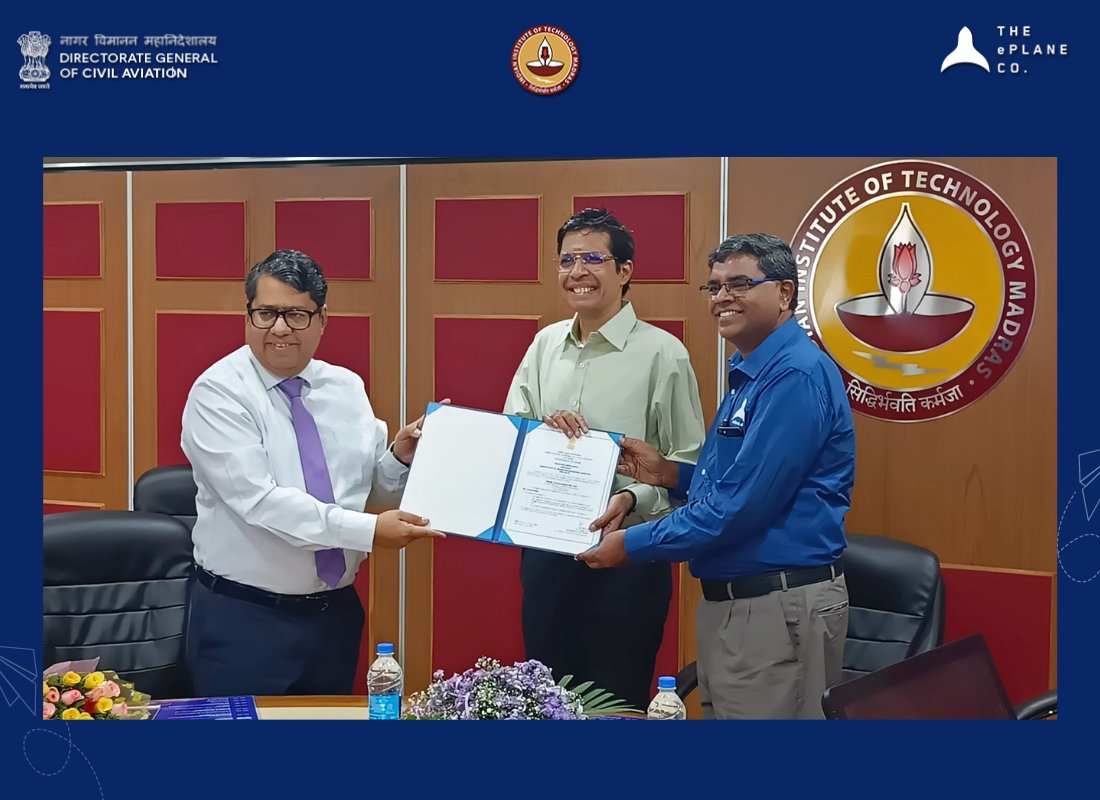

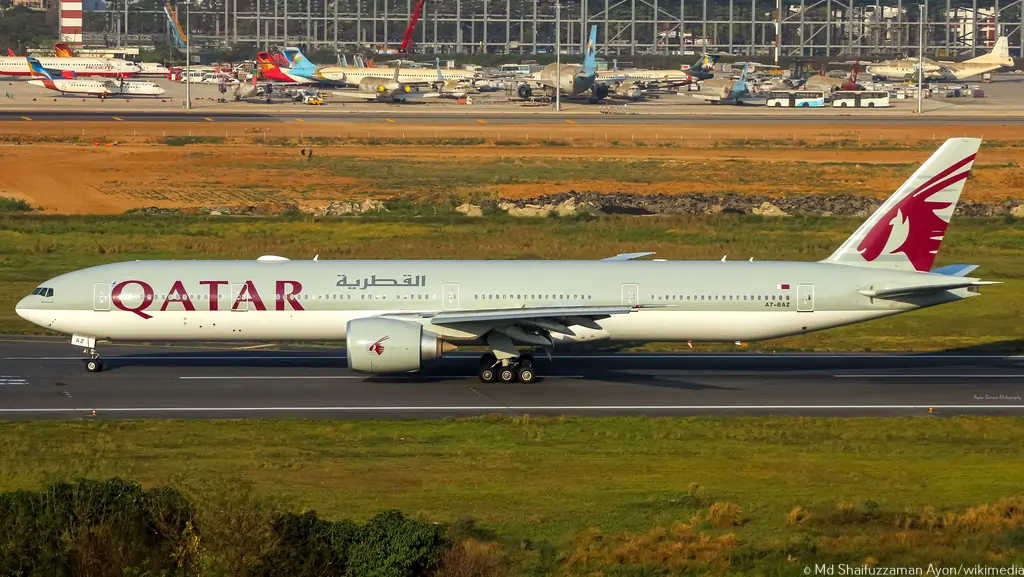
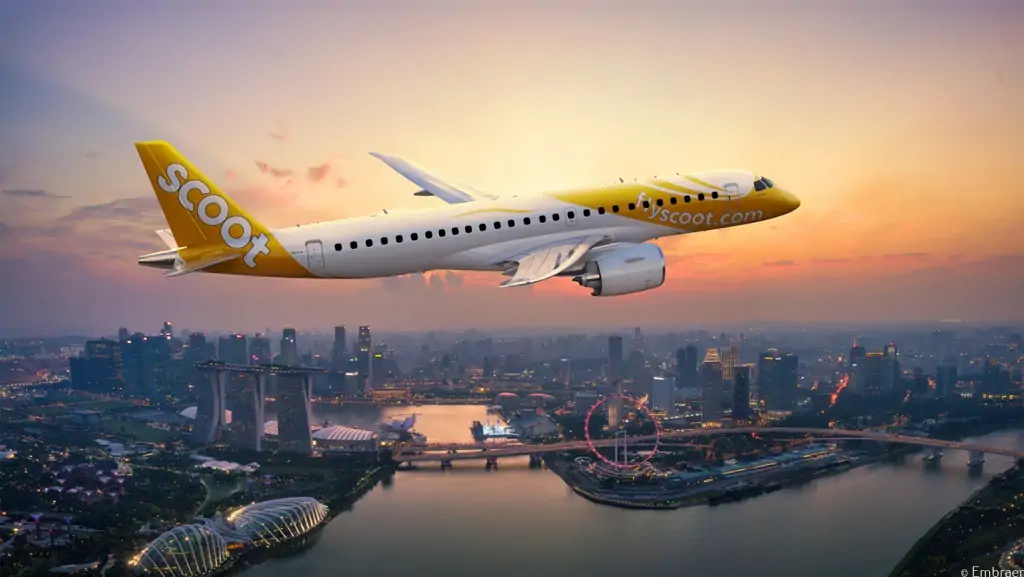
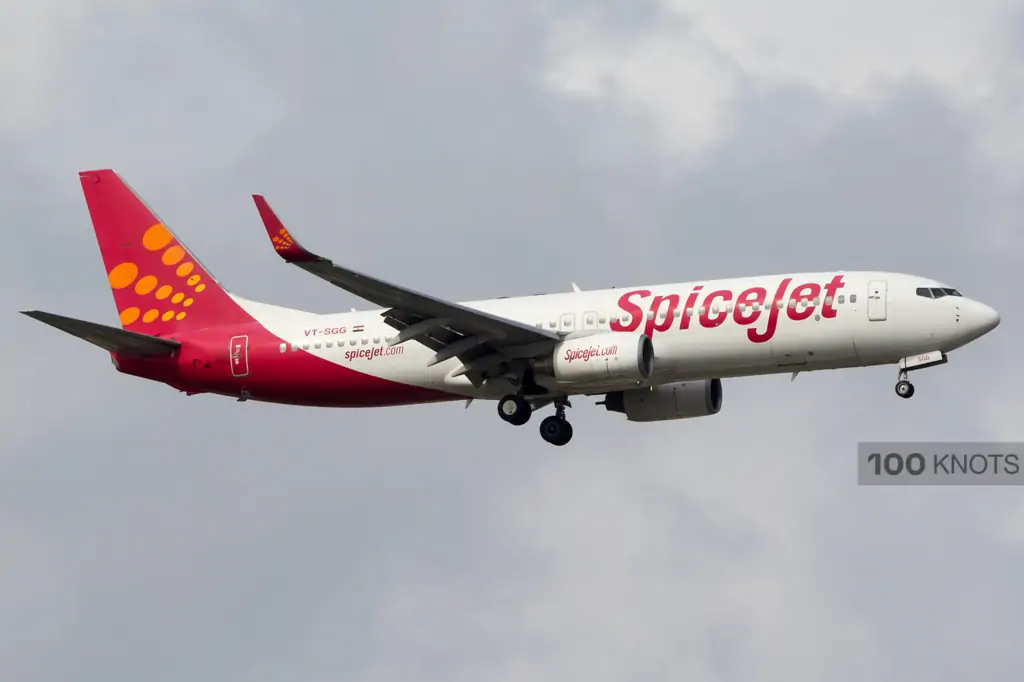
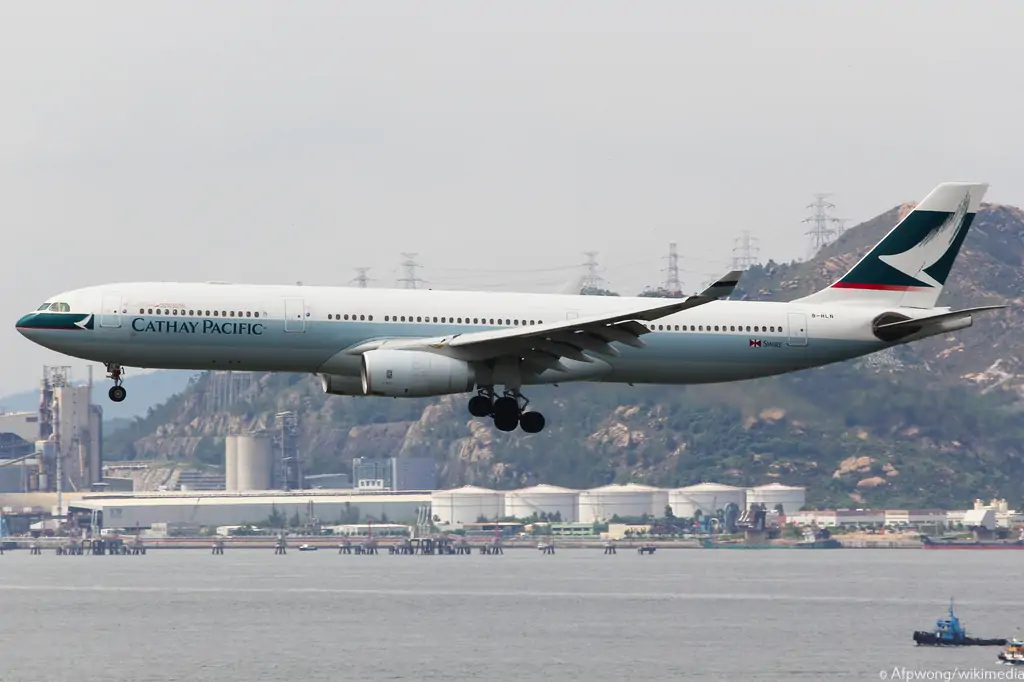
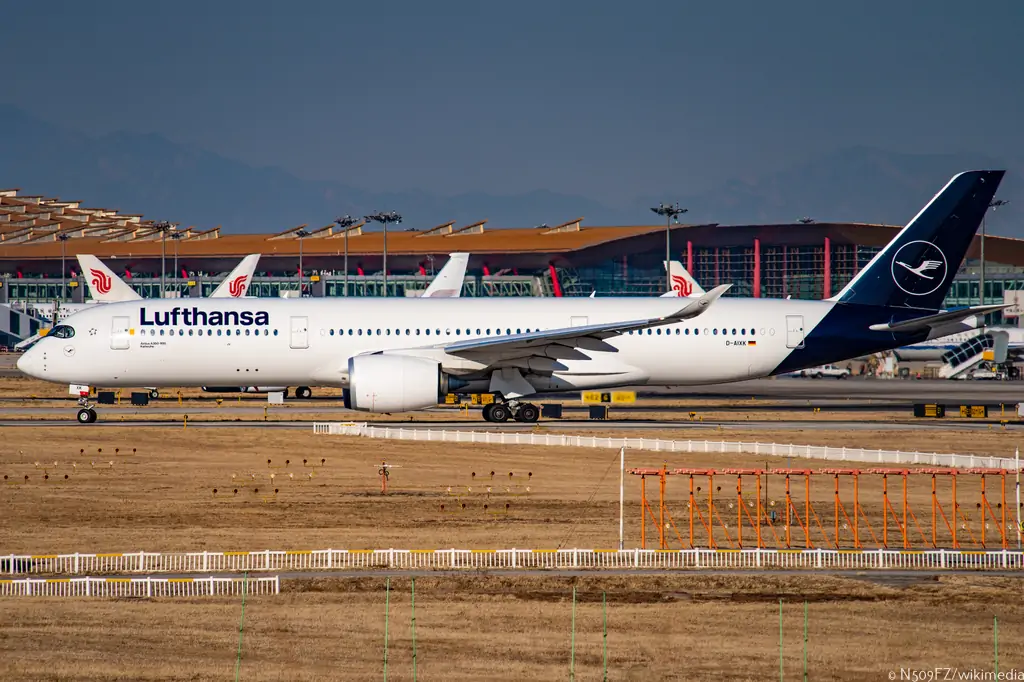
Comment